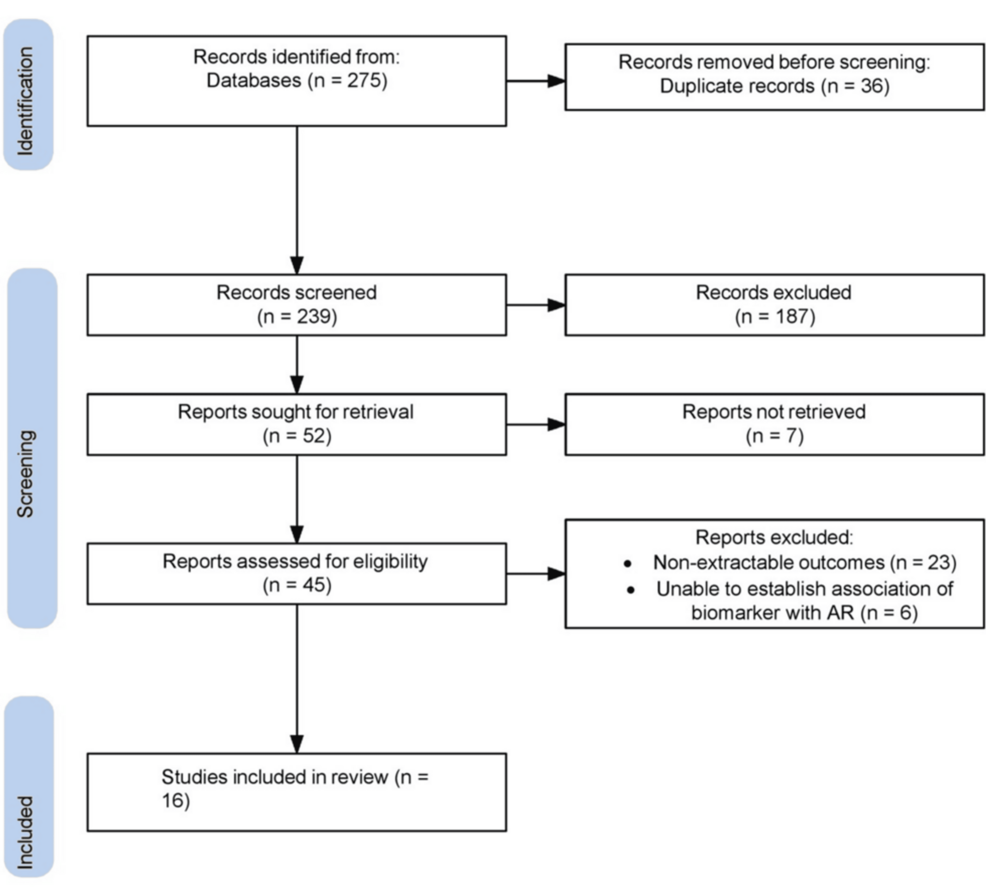Pérez-Diego M, Angelina A, Pat Y, Maldonado A, Sevilla-Ortega C, Martín-Cruz L, Yazici D, Rückert B, Sokolowska M, Martín-Fontecha M, Akdis M, Akdis CA, Palomares O. J Allergy Clin Immunol. 2025 May 16:S0091-6749(25)00551-2. doi: 10.1016/j.jaci.2025.05.002.
Abstract
Background
Viral infections and type 2 immune responses perpetuate airway epithelial barrier dysfunction and inflammation, leading to the development and progression of asthma. The synthetic cannabinoid WIN55,212-2 displays anti-inflammatory properties by acting on different immune system cells.
Objectives
To investigate the capacity of WIN55,212-2 to restore bronchial epithelial barrier function in asthma in the context of viral infections or type 2-driven inflammation.










